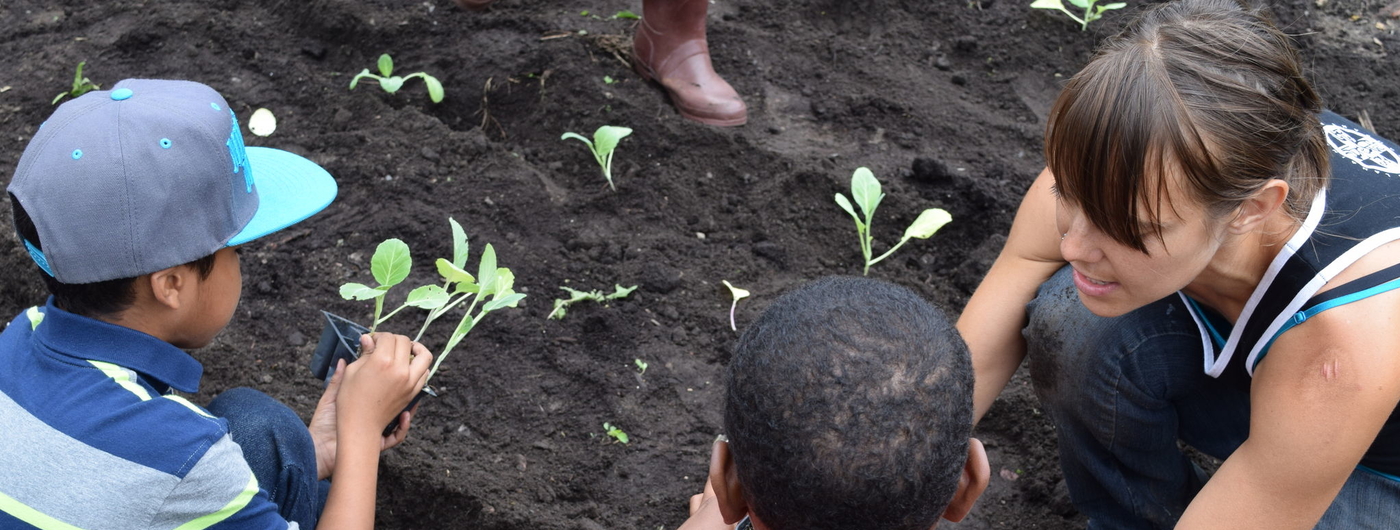Each of us has a basic human emotional need to feel that we belong. We strive to feel a part of something beyond ourselves. Social connectedness is an example of this sense of belonging.
What it is
Social connectedness is
- The measure of how people come together and interact.
- The degree to which individuals or groups are socially close, interrelated, or share resources.
- The subjective experience of feeling close to and a sense of belongingness with others.
Social connectedness refers to the experience of feeling that you are welcome and accepted as you are.
Social connections include
- Developing a relationship with a trusted adult.
- Constructively participating with schools, community organizations, religious institution, sports groups, etc. that are safe, stable and are open to all.
- Establishing positive relationships with peers who have similar values.
- Developing a sense of connectedness that empowers youth generosity and creates a sense of being loved, valued and safe.
Social connections are about building positive relationships in which each young person feels empowered and valued as a person.
Why it matters
When youth feel socially connected they thrive. Social connectedness is associated with
- Higher self esteem
- Increased empathy for others
- Youth who are more trusting and cooperative
Social connectedness can reduce negative behaviors in youth. When youth feel socially connected they are less likely to
- Have mental health issues
- Experience violence
- Engage in risky sexual behavior
- Use substances
Social relationships or connections can have lasting health impacts. Positive social connections are protect youth and help them to build resilience. During stressful situations or adverse conditions, youth who feel social support from parents, community, school or peers can better manage distress and make better choices. Protective factors of school connectedness and family connectedness have been shown to have positive health impacts for youth into adulthood.
Social connectedness and youth development programs
Youth development programs can encourage social connections in youth when they
- Create safe spaces for youth to connect.
- Support relationships between youth and adults in their lives.
- Create opportunities for youth to lead teams and groups.
- Include activities that build social networks and connections with youth.
Youth development programs offer opportunities for young people to learn, practice and reinforce a range of social skills such as
- Communication
- Teamwork
- Conflict resolution
- Empathy
- Resisting negative peer pressure
These social skills help young people build positive relationships which provide youth with support and a sense of belonging.
Tips for youth development program staff
- Create programs and an environment where all young people feel a sense of belonging. For example, display images from the community or play music suggested by youth when they are arriving.
- Set behavior expectations for youth participants in group settings. Consider asking youth to help develop the expectations.
- Create opportunities for youth to interact in the group, such as icebreakers, recreation and dialogue or reflection points.
- Provide safe opportunities for youth to interact in positive ways with adults to create a network of support for young people. Ensure that adults welcome youth as they arrive and call them by name, invite youth and adults to lead programs or groups together.
Adolescent and School Health, Centers for Disease Control & Prevention
Social and School Connectedness in Early Secondary School as Predictors of Late Teenage Substance Use, Mental Health, and Academic Outcomes. Journal of Adolescent Health
Youth Thrive Protective and Promotive Factors for Healthy Development and Well-Being. Center for the Study of Social Policy.
Adolescent Connectedness and Adult Health Outcomes. Pediatrics.
Reviewed in 2023


